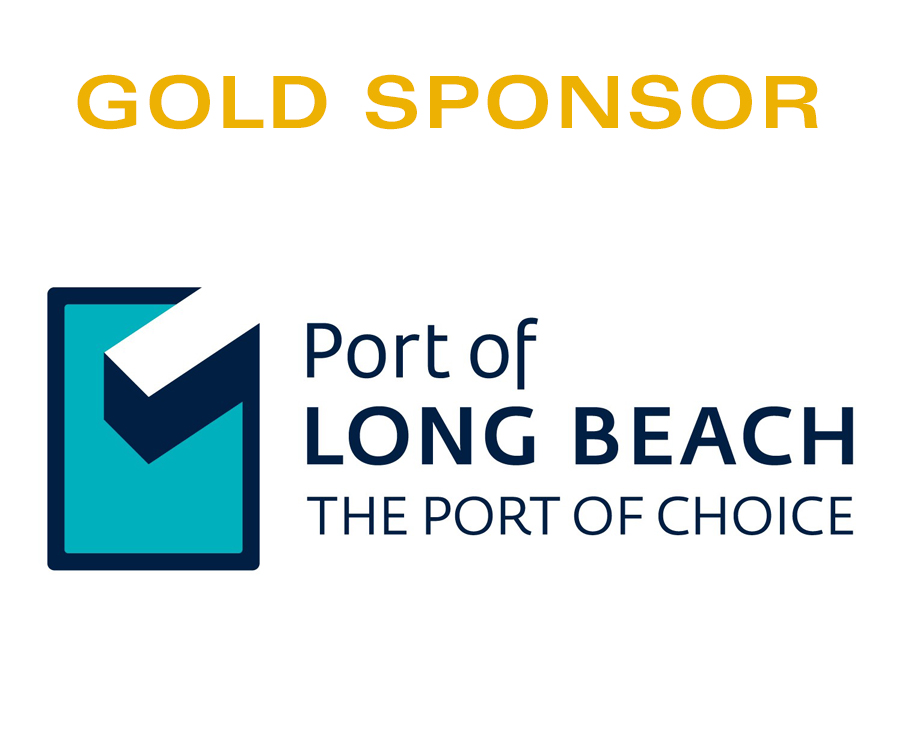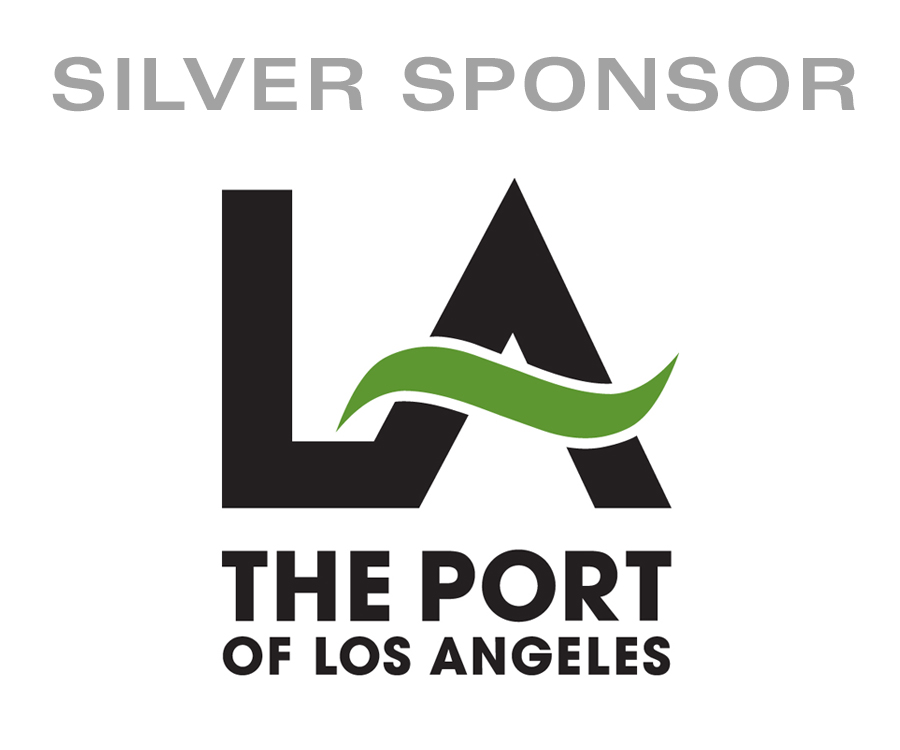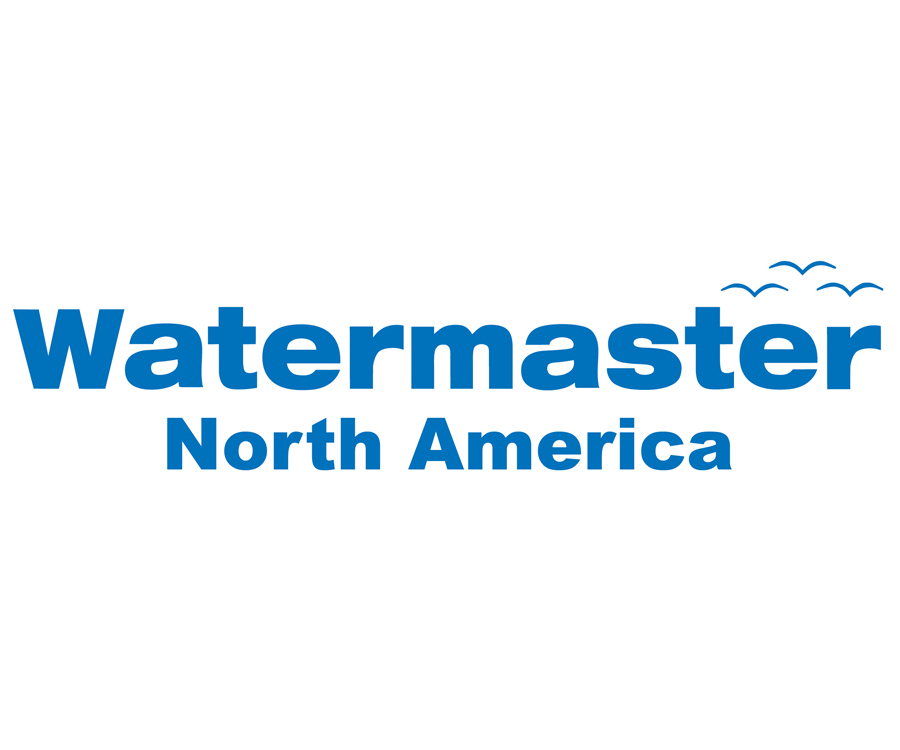Scarcity of dredges could make rebuilding Louisiana’s coast slower and more expensive

Just as Louisiana begins an ambitious slate of projects to rebuild its crumbling coastline, the essential ingredients — sea sand and river silt — will be harder to come by.
That’s not because these materials are rare; the Gulf of Mexico and Mississippi River are loaded with the stuff. But the dredges needed to dig up and move sand, silt and sediment are increasingly scarce.
“What we’re seeing right now is a massive demand on a limited dredge fleet,” said Col. Stephen Murphy, commander of the U.S. Army Corps of Engineers’ New Orleans District. “So as the state looks to do a lot of coastal restoration projects … what I foresee is increasing competition. With that limited supply and increasing demand, it won’t surprise me if prices go up.”
California Legislative Analyst’s Report on Climate Change Impact to California

What Threat Does Sea-Level Rise Pose to California?
Summary:
Among Its Other Challenges, California Continues to Face the Looming Impacts of Climate Change and Rising Seas. While the coronavirus disease 2019 (COVID-19) pandemic and resulting economic impacts have rightly drawn the focus of the Legislature’s and public’s attention since March 2020, other statewide challenges continue to approach on the horizon. Among these are the impending impacts of climate change, including the hazards that rising seas pose to California’s coast. Scientific estimates suggest the magnitude of sea-level rise (SLR) in California could be at least half of one foot in 2030 and as much as seven feet by 2100. Moreover, storm surges, exceptionally high “king tides,” or El Niño events could produce notably higher water levels than SLR alone.
California Governor’s Office of Emergency Services: California Adaptation Planning Guide, June 2020

Overview:
The California Adaptation Planning Guide, or APG, is designed to support local government, regional organizations, and climate collaborative groups to integrate best practices and current science into their adaptation planning efforts.
Hard or soft flood adaptation? Advantages of a hybrid strategy for Shanghai

Highlights
• Flood risk & adaptation strategies are evaluated using a new model for Shanghai.
• Current flood risk (0.03% of local GDP) in Shanghai is already large.
• Potential flood risk will soar due to sea level rise, land subsidence, and economic growth.
• Hard strategies ensure low residual risk; soft strategies have higher benefit/cost ratios.
• A hybrid strategy combines both merits: low future risk & high benefit/cost ratio.
Abstract
Flood risk is expected to increase in coastal cities, particularly in Asian megacities such as Shanghai. This paper presents an integrated modeling framework to simulate changes in the flood risk in Shanghai and provide a cost-benefit analysis of multiple adaptation strategies used to reduce risk. The results show that the potential flood risk will increase dramatically as a result of sea level rise, land subsidence, and socioeconomic development. By 2100, the expected annual damage could reach 0.8% (uncertainty range: 0.4%–1.4%) of local GDP under an optimistic emission scenario (RCP4.5), compared to the current value of 0.03%. All of the adaptation strategies can effectively reduce the flood risk under the current conditions and those in 2050. In contrast to the ‘hard’ flood protection strategies (i.e., storm-surge barriers and floodwalls), the ‘soft’ strategies (i.e., building codes and nature-based measures) cannot substantially reduce the flood risk in 2100. However, the soft strategies can play a critical role in reducing the residual risk resulting from the hard strategies. A ‘hybrid’ strategy combining a storm-surge barrier, wet-proofing, and coastal wetland development outperforms both hard and soft strategies in terms of low residual risk and high benefit/cost ratio. Additionally, the hybrid strategy can also enable a larger reduction in casualties. These findings imply that managing flood risk is more than the use of single adaptation measures. The methodology developed in this paper can enlighten Shanghai and other coastal cities on an economically and socially feasible adaptation strategy in an uncertain future.
Texas Promotes $37 Billion Coastal Protection Complex – Including $12 Billion Galveston Bay Barrier – to Protect Cities, Ports & Petrochemical Industry

In 2017 Hurricane Harvey caused 51 inches of rain to fall on the Houston area causing massive flooding, shut down the Port of Houston, damaged petrochemical facilities and caused $125 billion worth of damage.
With that experience in mind, Texans are supporting a gigantic storm surge defense complex projected to cost as much as $37 billion, including a $12 billion storm surge barrier for Galveston Bay, popularly known as the ‘Ike Dike.’ The complex is designed to defend Texas cities, ports and petrochemical facilities from future storm surges, flooding and hurricanes following the destruction from Hurricanes Ike in 2008 and Harvey in 2017.
The push for the projected $37 billion complex in Texas comes at a time when:
* Mississippi river cities and ports say they need $12 billion in new flood protections.
* The Port and City of San Francisco say they will need $5 billion to rebuild the storm wall protecting port property and downtown from worsening storm surges
* The City of New Orleans has already been the recipient of a $14.5 billion storm surge protection complex built by the U.S. Army Corps of Engineers to prevent a repeat of the $125 billion in devastation suffered during Hurricane Katrina in 2005.[1]
* The U.S. Army Corps of Engineers has proposed a massive storm barrier complex to protect the New York and New Jersey Harbor estimated cost $119 billion so as to prevent a repeat of Hurricane Sandy which caused $70 billion worth of damage to the region in the Fall of 2012.
As Storms Continue In 2020, Mayors Say Flood Impact To Mississippi River Cities, Ports & Farmers Will Require New Infrastructure Spending & Factoring Climate Change.

The catastrophic flooding of 2019 appears to be repeating itself in 2020 with another round of rains and flooding that have motivated Mayors from hard-hit Mississippi river cities as well as farmers, shippers and ports to demand that Congress and the Trump administration invest as much as $12 billion to: upgrade neglected waterways, repair flood damage and factor climate change into the cost of federal programs as insurance against future floods and droughts.
On January 11th 2020, CNN reported: “Across the central US and the South, severe storms marched east, impacting the entire Mississippi River and Ohio River valleys.
THE DUTCH ARE GIVING RISING RIVERS MORE ROOM. SHOULD WE FOLLOW SUIT?

NOORDWAARD, The Netherlands — Vic Gremmer walked through an invisible garden and reached for a doorknob that wasn’t there.
“Here was the opening of the front door,” he said, holding out his hand in a marshy landscape of reeds and willows near a river about 10 miles from Rotterdam. “Here was my home. Over there, the road. But all of it is changed.”
Gremmer’s neighborhood and his little brick farmhouse, where he raised his kids and planned to retire, were erased by a government program that has been buying and bulldozing homes at several locations in the Netherlands.
They aren’t making room for highways or bigger buildings.
“What we are doing is making more space for rivers,” said Hans Brouwer, who works for the Rijkswaterstaat, the Dutch equivalent of the U.S. Army Corps of Engineers.
Rather than keep building bigger levees, the Dutch decided to make several strategic retreats. At more than 30 locations around the country, a program known as Room for the River has removed human-built barriers and reshaped landscapes to give rivers more space to spread out safely when they’re running high.
Cooperation & Cutterheads: Land Building At Mississippi River Birdfoot Delta Reaches Milestone

The 1984 World’s Fair in New Orleans carried the theme “fresh water as a source of life.” It’s a maxim borne out over the years in south Louisiana by the communities and industries that crowd the state’s rivers and canals. Many communities draw their drinking water from those same rivers. And for Louisiana, one out of five jobs are connected to the maritime industry.
But it’s not just the water pulsing through the rivers that’s a source of life for the state. Particularly for Louisiana’s coastal region, the sediment pluming its way toward the Gulf of Mexico is a source of life—and new land. Nowhere is that more evident than in the birdfoot delta, near the mouth of the Mississippi River.
There, as part of the U.S. Army Corps of Engineers’ annual dredge program to maintain the Mississippi River Ship Channel, the Corps and its partners have beneficially used dredged material to restore or rebuild more than 10,000 acres of wetlands over the past 11 years. By all accounts, it’s the largest wetlands restoration project in the world.
PROVIDING PROTECTION AND SECURITY THROUGH OUR GLOBAL FLOOD RISK TOOL

As the world comes to terms with life with, and after, COVID-19 – the issue of climate change remains firmly on the agenda; with recent developments only highlighting our impact on the natural world and the need to change course, whilst preparing ourselves for increasingly irregular weather patterns and rising sea levels.
Proper flood resilience for industrial sites – whether they’re ports, production or energy sites – will be particularly important in preparing for the future in which good data analytics and modelling is a crucial factor. But to date it has been a difficult thing to standardise; ensuring the same detail required for specific sites, same information and the same process.
Stanford researchers project regionwide commute disruption with Bay Area coastal flooding

For decades, the low-lying neighborhoods along the San Francisco Bay have experienced coastal flooding and the subsequent traffic disruptions. But a new computational model by Stanford researchers reveals that, due to the nature of road networks in the region, commuters living outside the areas of flooding may experience some of the largest commute delays.
By integrating traffic models with regional flood maps, researchers have demonstrated how San Francisco Bay Area commute disruptions spread substantially inland, creating longer delays for communities with sparse road networks than for those in the areas of flooding. Climate change is exacerbating the situation by increasing the likelihood of extreme events like flooding. The research, published Aug. 5 in Science Advances, reveals that measuring road network density may be more important for understanding community resilience to flood-related commute delays than actual flood exposure.













